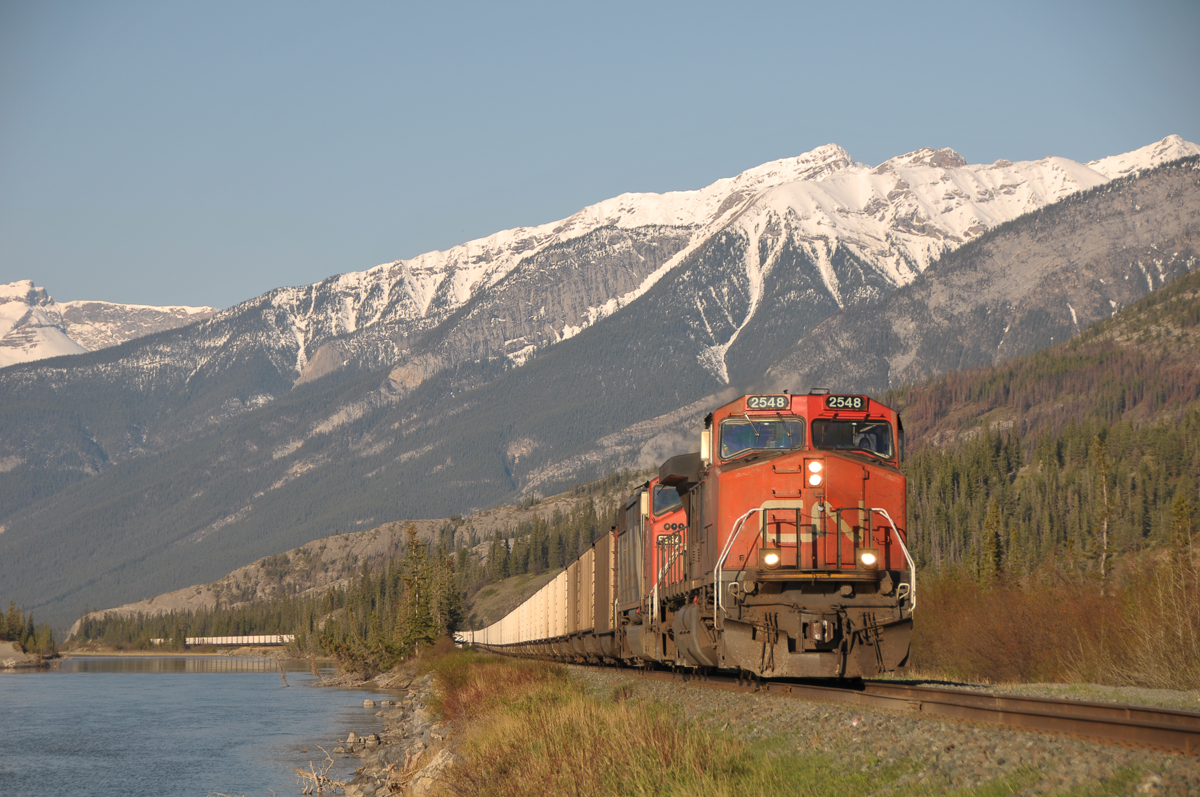Allandale25
Senior Member
Decision issued today.
Government of the Northwest Territories against the Canadian National Railway Company - level of service
Aug 5th 2025, 19:18 by Canadian Transportation Agency
Summary
[1] GNWT filed an application with the Canadian Transportation Agency (Agency) under sections 113 to 116 of the Canada Transportation Act (CTA), alleging that CN has failed to meet its level of service obligations when it did not repair its railway line between Enterprise, Northwest Territories, and Hay River, Northwest Territories, from mile point 354.00 to 376.20 of CN’s Meander River Subdivision (Line), following wildfires that damaged the Line and other sections beyond it.
[2] CN has decided to not repair the Line in light of both the cost to do so and the limited traffic offered for transport on the Line. Instead, it has decided to transfer or discontinue operating the Line and it expects that the statutory process for doing so will be completed on or before November 28, 2025.
[3] GNWT is the territorial government authority that has a number of responsibilities in relation to the issues at hand. Notably, GNWT contributes to ensuring the resupply of vital goods to all parts of the territory, and is responsible for Marine Transportation Services, a government-operated entity that provides marine resupply to the territory.
[4] GNWT is seeking an order from the Agency that would require CN to repair and resume operations on the Line, despite the cost to do so, given the financial capacity of CN and the negative impacts on the people of the Northwest Territories of not having rail service to Hay River. GNWT is also seeking an award of costs. CN, on the other hand, asserts that its level of service obligations on the Line were suspended as a result of the wildfires and that it would be reasonable for them to remain suspended until the transfer or discontinuance is completed.
[5] For the reasons set out below, the Agency dismisses the application.





